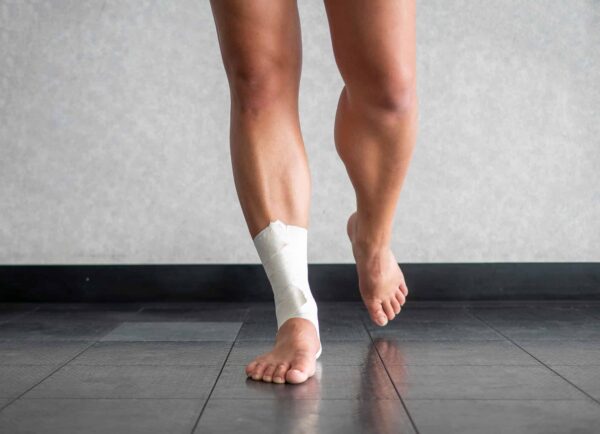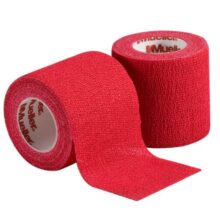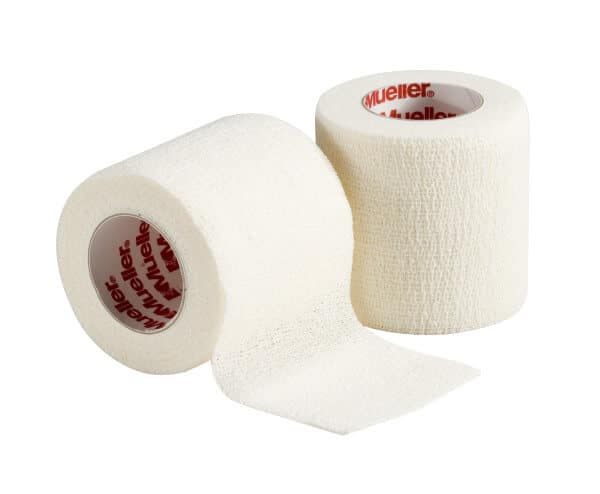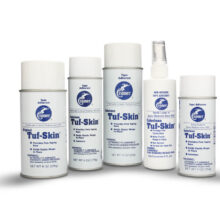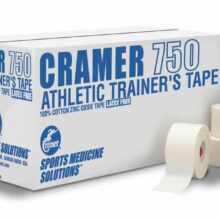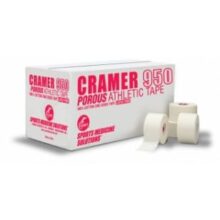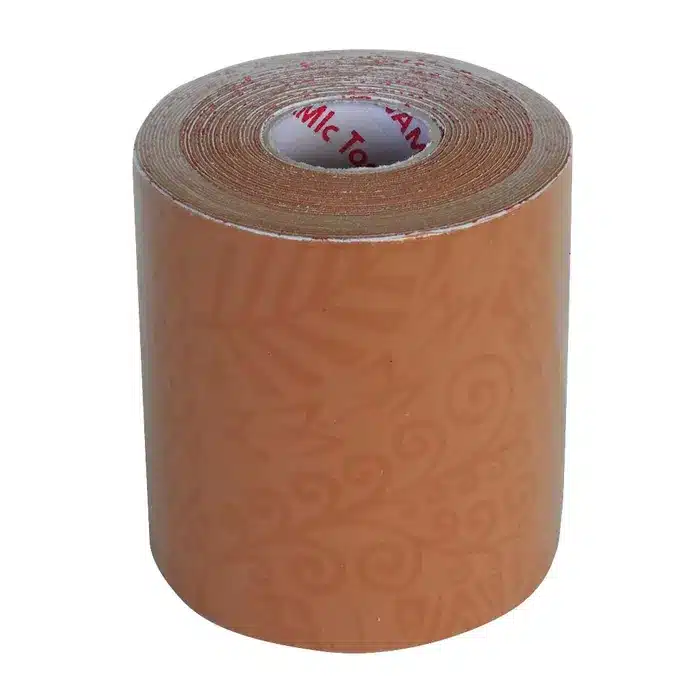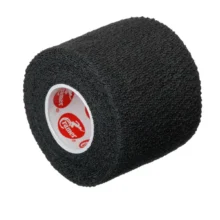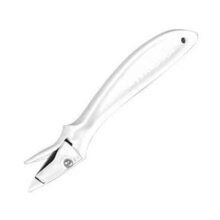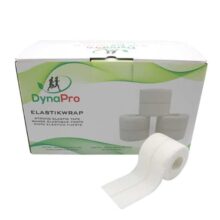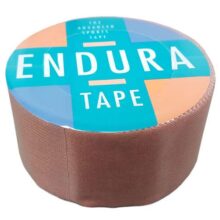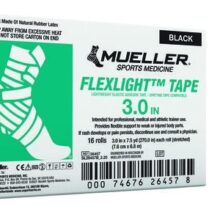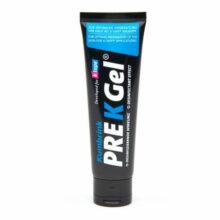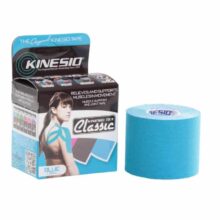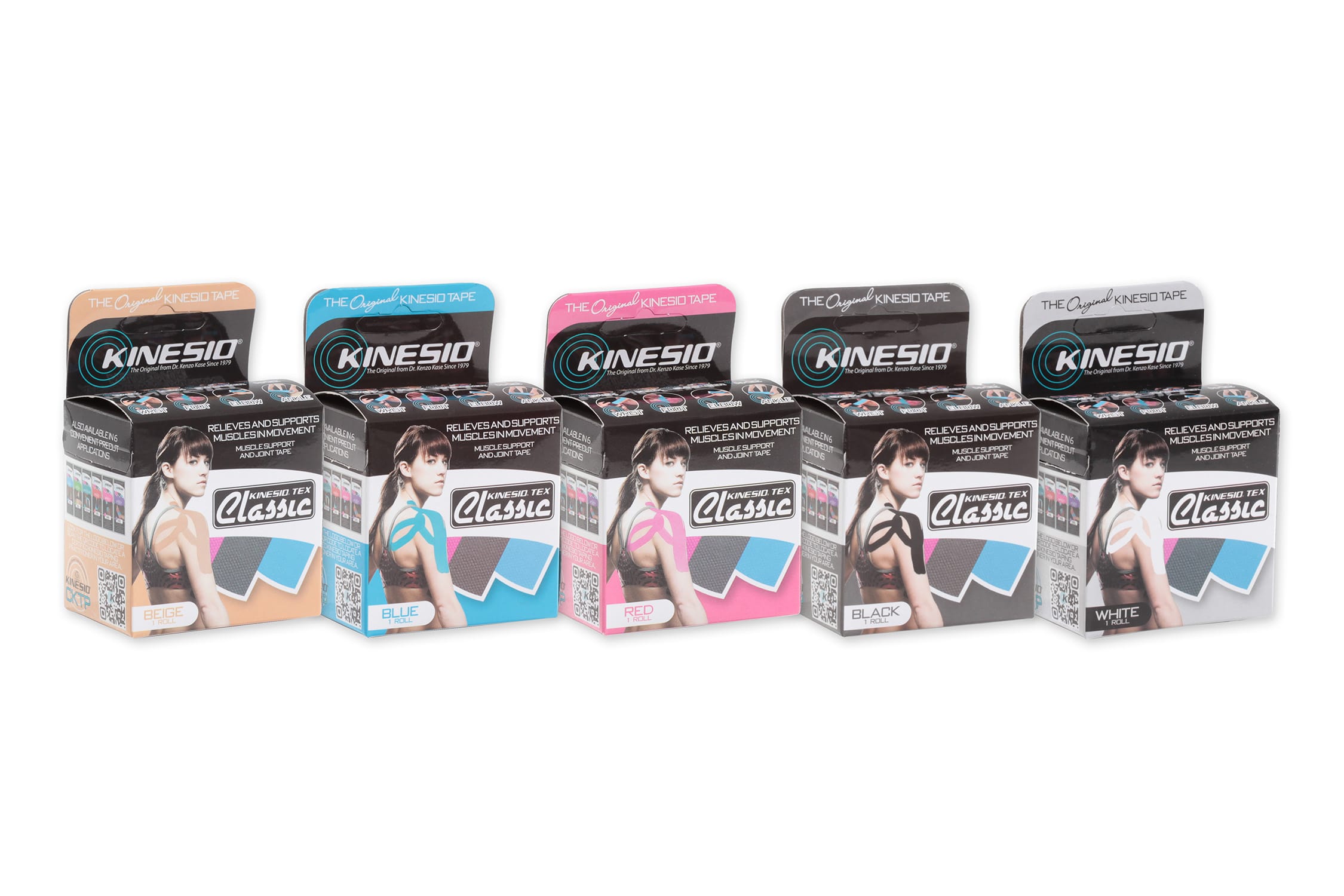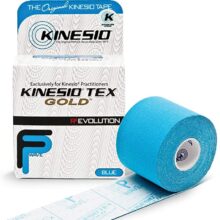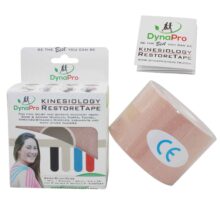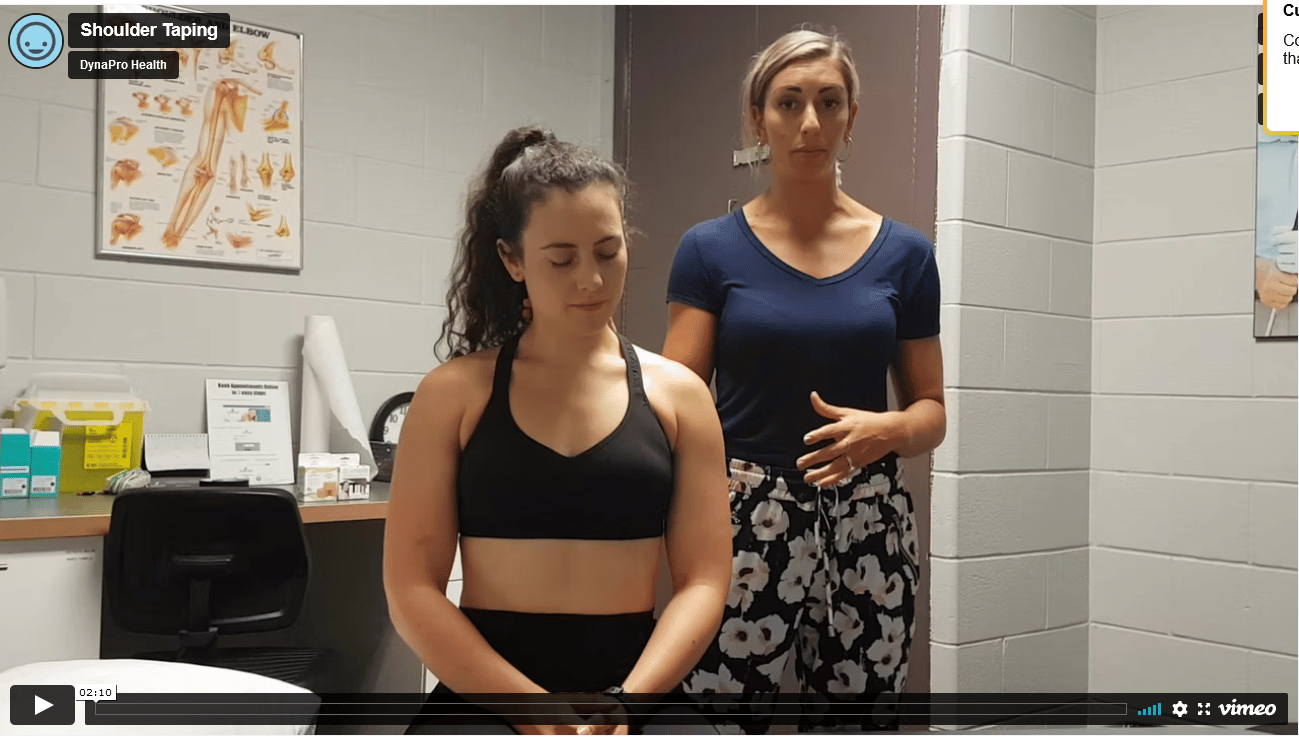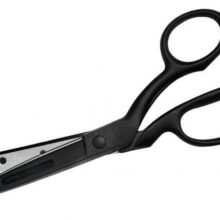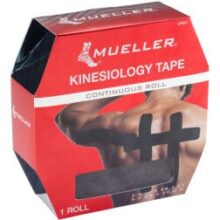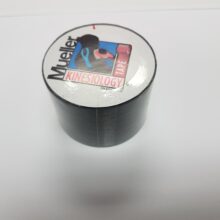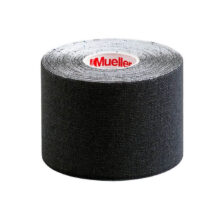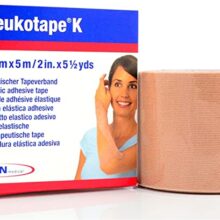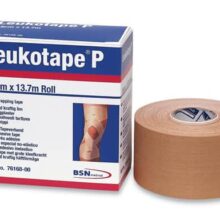Coban Self Adherent Wrap
Login For Health Care Pricing
Typically Ships in 3-5 Business Days
- Coban Self Adherent Wraps will be a versatile but potent addition to any first aid kit.
- They can be used just like a traditional adhesive tape or bandage but will stick to itself rather than to the patient’ skin.
- The wraps will help in first aid treatment of strains, sprains and other soft tissue injuries.
- Also useful for treating cuts, scrapes, burns and other typical camping, hiking or other outdoor activity injuries by serving as fixation bandages that keep primary bandages firmly in place.
- Easily applied over the injured spot and then removed, adjusted and re-applied as necessary (no loss of tension or pressure)
- Also useful for in veterinary applications for treating furry animals. It will avoid the pain and distress normally produced by the application /removal of a traditional adhesive bandage, when fur/skin can be damaged;
- May be purchased in latex free form which helps to reduce the risk of adverse reactions among those with sensitive skin;
- Coban Self Adherent Wraps are available in several different sizes, which makes them useful for treating both small and large body parts/joints.
- Will retain elasticity and tension over extended periods during which they will remain 100% reusable for the same or different injuries.
- Manufactured by the reputable 3M brand.

